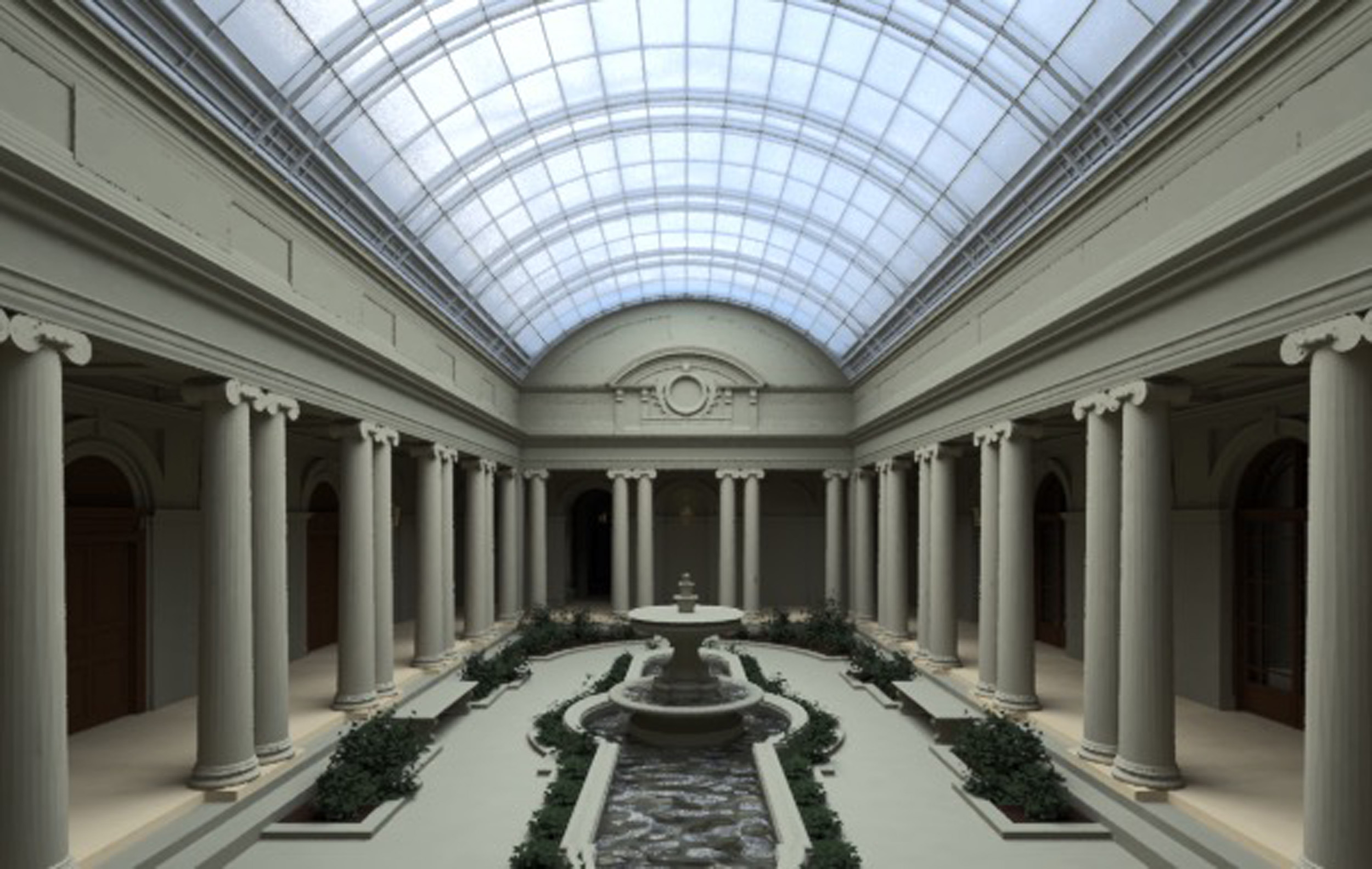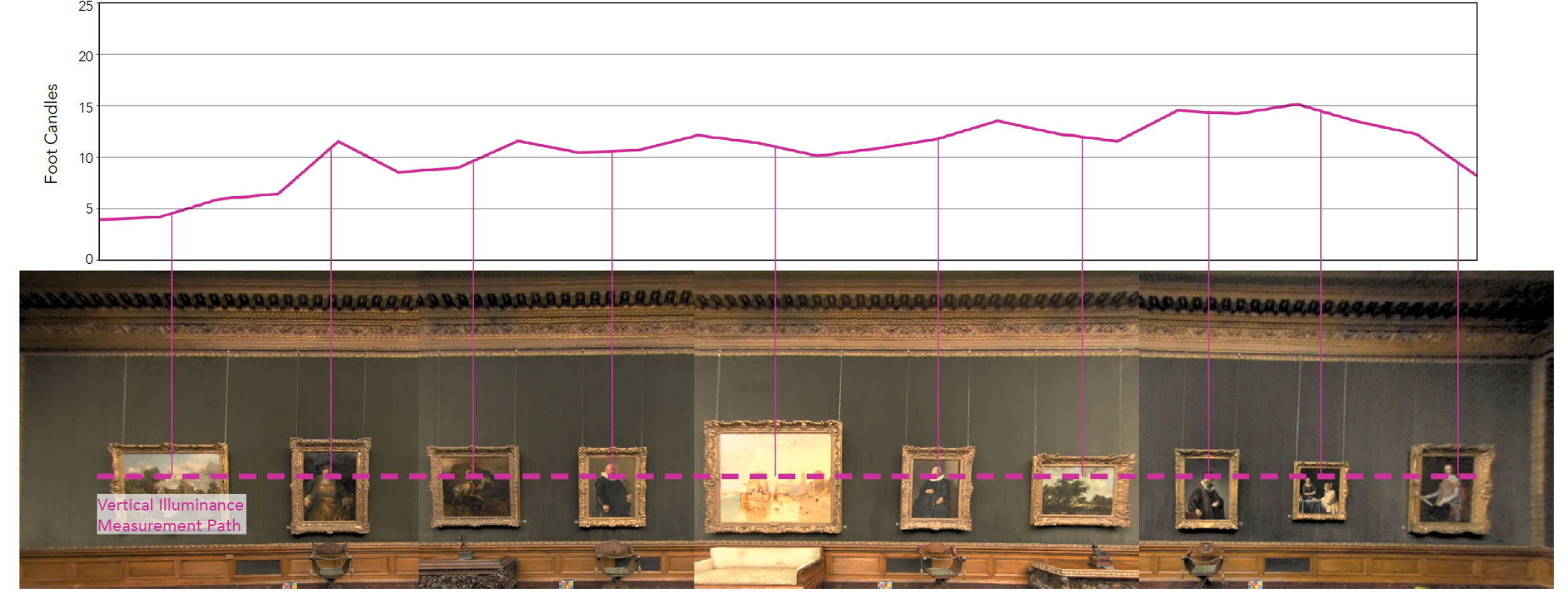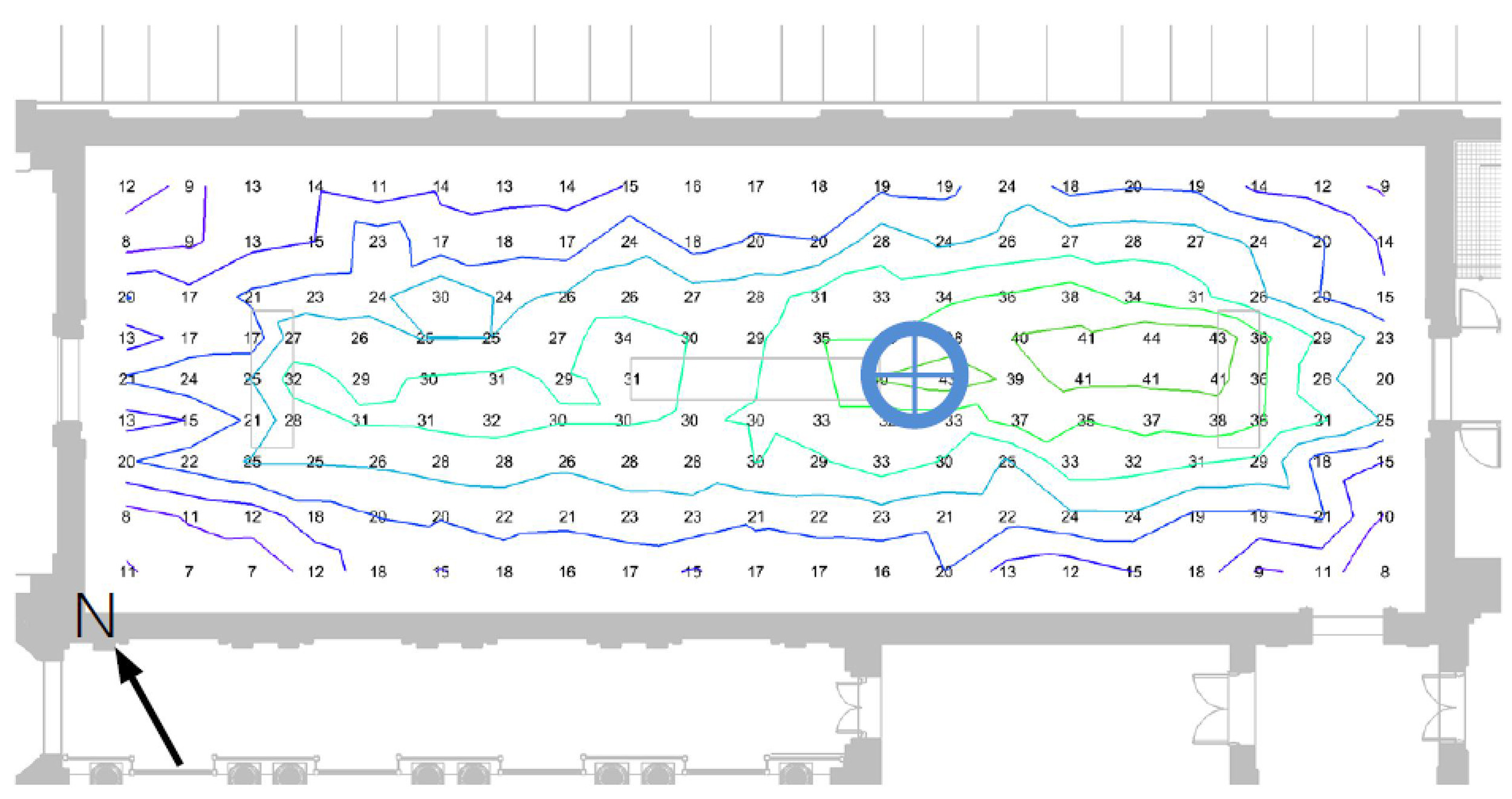EXPERTISE
The Frick Collection
The first comprehensive renovation of The Frick Collection since the 1930’s, this major restoration and expansion adds much-needed gallery, conservation, administration, and education spaces to one of the most beloved art museums in New York City. The design by Selldorf Architects preserves the intimate visitor experience and galleries for which the Frick is known, restores the 70th Street Garden, and adds 27,000 square feet of new construction.
SERVICES
• Predict and evaluate illumination levels and light distribution
• Predict and analyze luminance gradients and glare potential
• Analyze thermal and energy use implications of daylighting design
• Design and evaluate daylighting to exhibition and curatorial performance criteria
• Predict energy savings from daylight harvesting
• Coordinate daylighting and electrical lighting design
• Post-occupancy HDRI analysis of luminance and visual comfort
• Analyze visual performance of glazing alternatives
• Evaluate advanced glazing applications, including light redirecting glass and internal shading systems
• Predict and evaluate thermal performance of curtain wall systems
• Predict occupant comfort conditions for curtain wall alternatives
• Identify and coordinate value engineering tradeoffs for integrated high-performance facades
• Analyze site conditions for solar access and shade potential
• Design sun control and glare control alternatives for local skies and climate conditions
• Evaluate shade alternatives for visual and thermal comfort
SPECIALTY SERVICES
In coordination with the architect and/or curator, we design the luminous environments for art.
- Inventory of Artwork and Conservation Requirements
- Review of Proposed Artwork Locations
- Physically Accurate Simulation or Physical Modeling of Predicted Daylight Conditions
- Performance Testing of Complex Shading and Glazing Assemblies
- Artwork Lux-hours Exposure for Conservation
- Light Distribution and Brightness for Visual Comfort
- Dynamic Shading Controls Recommendations
- Supervision of Full Scale Glazing and Shading Mockups
- Light Level Commissioning
Radiance simulation of Garden Court, human adaptation rendering
False color luminance map of Garden Court from Radiance simulation
Loisos and Ubbelohde worked closely with the design team to redesign the assemblies for the skylights in the museum’s galleries and garden court to stringent curatorial standards per client request. To establish baseline data for simulation and development, L+U performed site measurements of illumination levels, surface brightness, and site shading. Material colors and finishes calibrated from site visits were included in the simulations. The complex glazing and shading assemblies contain multiple layers of diffusion. To verify the computer simulations, range of physical models and mockups, including 1/8” scale models, material testing boxes, and a quarter scale mockup were used.
Vertical illuminance in West Gallery from site measurements
Horizontal illuminance in West Gallery from site measurements
The Frick Collection is honored to be the recipient of an award from the Frankenthaler Climate Initiative, a new program established by the Helen Frankenthaler Foundation that seeks to catalyze climate change action in visual arts institutions. Funds from the implementation grant were used to complete skylight replacements at the Frick’s historic East 70th Street buildings over the West, Oval, and East Galleries and the Garden Court. New energy-efficient systems designed to protect from the elements, remove condensation, and block ultraviolet light have been installed. Illumination in the galleries greatly benefits from improved color rendering and the reduction of glare while maintaining the unique quality of the historic skylit galleries.
Project Details
LOCATION: New York, NY
ARCHITECT: Selldorf Architects
Executive Architect: Beyer Blinder Belle Architects
Status: Under Construction
Area: 27,000 sf



